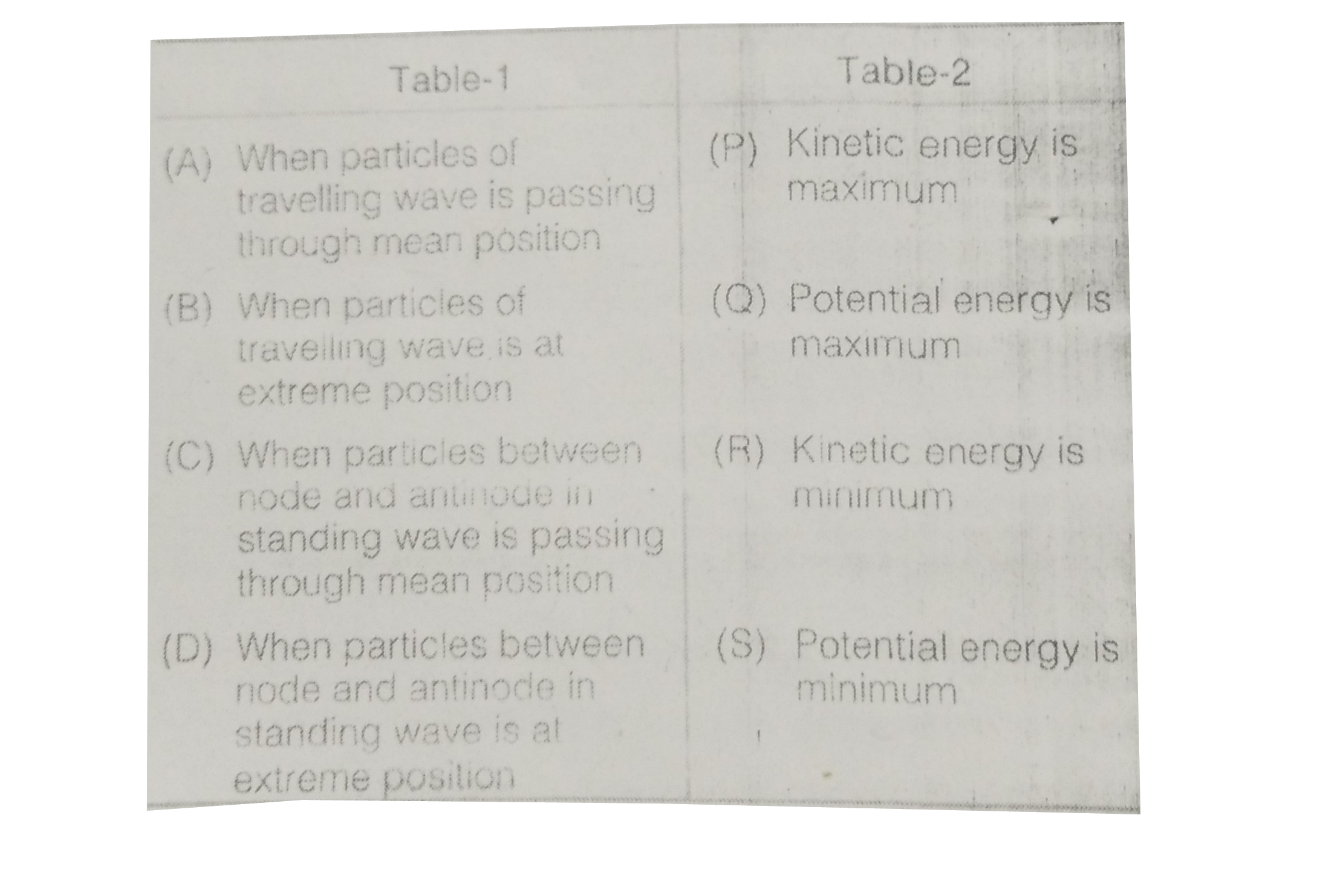Distinguish between Kinetic energy and potential energy
To distinguish between kinetic energy and potential energy, we can follow these steps:
Step 1: Define Kinetic Energy
Kinetic energy is the energy possessed by an object due to its motion. It depends on the mass of the object and its velocity (speed). The formula for kinetic energy (KE) is given by:
KE=12mv2
where m is the mass of the object and v is its velocity.
Step 2: Define Potential Energy
Potential energy is the energy stored in an object due to its position or configuration. It is associated with the height of an object above the ground or the energy stored in a stretched or compressed spring. The formula for gravitational potential energy (PE) is:
PE=mgh
where m is the mass of the object, g is the acceleration due to gravity, and h is the height above the ground.
Step 3: Compare the Two Types of Energy
- Kinetic Energy:
- Related to motion.
- Depends on speed and mass.
- Increases with an increase in speed.
- Potential Energy:
- Related to position or configuration.
- Depends on height and mass.
- Increases with an increase in height or deformation (like stretching a spring).
Step 4: Examples
- An example of kinetic energy is a moving car or a running athlete.
- An example of potential energy is a book placed on a shelf or a compressed spring.
Step 5: Conclusion
In summary, kinetic energy is the energy of motion, while potential energy is the energy of position. Both forms of energy are essential in understanding the principles of physics and energy conservation.
---
Kinetic energy is the energy possessed by an object due to its motion. It depends on the mass of the object and its velocity (speed). The formula for kinetic energy (KE) is given by:
KE=12mv2
where m is the mass of the object and v is its velocity.
Potential energy is the energy stored in an object due to its position or configuration. It is associated with the height of an object above the ground or the energy stored in a stretched or compressed spring. The formula for gravitational potential energy (PE) is:
PE=mgh
where m is the mass of the object, g is the acceleration due to gravity, and h is the height above the ground.
- Kinetic Energy:
- Related to motion.
- Depends on speed and mass.
- Increases with an increase in speed.
- Related to position or configuration.
- Depends on height and mass.
- Increases with an increase in height or deformation (like stretching a spring).
- An example of kinetic energy is a moving car or a running athlete.
- An example of potential energy is a book placed on a shelf or a compressed spring.
In summary, kinetic energy is the energy of motion, while potential energy is the energy of position. Both forms of energy are essential in understanding the principles of physics and energy conservation.
Topper's Solved these Questions
- ENERGYBOOK - ICSECHAPTER - ENERGYEXERCISE - EXERCISE (SECTION II) (Short answer questions)
5 Videos
- ENERGYBOOK - ICSECHAPTER - ENERGYEXERCISE - EXERCISE (SECTION II) (Long answer questions)
4 Videos
- ENERGYBOOK - ICSECHAPTER - ENERGYEXERCISE - EXERCISE (SECTION I) (Match the following)
1 Videos
- ELECTRICITY AND MAGNETISM BOOK - ICSECHAPTER - ELECTRICITY AND MAGNETISM EXERCISE - EXERCISE (PICTURE STUDY)
4 Videos
- FORCE AND PRESSURE : MOTION BOOK - ICSECHAPTER - FORCE AND PRESSURE : MOTION EXERCISE - EXERCISES (SECTION II) (Picture Study)
4 Videos
Similar Questions
Knowledge Check
The relationship between kinetic energy (K) and potential energy (U) of electron moving in a orbit around the nucleus is
AU=−KBU=−2KCU=−3KDU=−12K
A particle is performing linear SHM, along x-axis when the displacement becomes, A√2, (A is the amplitude), the relation that holds between kinetic energy and potential energy is ……..
View SolutionA loaded vertical spring executes simple harmonic oscillations with period of 4 s. The difference between the kinetic energy and potential energy of this system oscillates with a period of
View SolutionWhich of the following graph is correct between kinetic energy E, potential energy (U) and height (h) from the ground of the partical
View SolutionDistinguish between Heat energy and light energy
View SolutionWhich of the following statemente is / are INCORRECT?
(a) Mechanical energy is the sum of kinetic energy and potential energy.
(b) Potential energy is a relative quantity. It depends on the choice of reference point.
(c) Kinetic energy must be non negative.
(d) Potential energy must be postive.
View SolutionIn case of mechanical wave a particle oscillates and during oscillation its kinetic energy and potential energy changes.

View SolutionIf total energy of the same electron is E, then what would be its kinetic energy and potential energy .
View Solution
